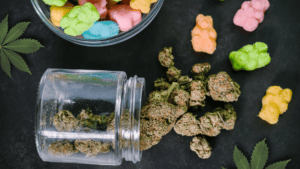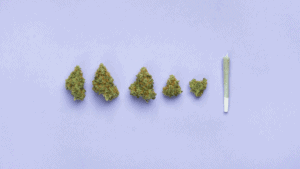
What if I take too much THC and how can I stop or prevent unwanted effects?
The saying goes, “it is possible to have too much of a good thing.” Despite how beneficial any one thing is, a large amount of it may often have the

The saying goes, “it is possible to have too much of a good thing.” Despite how beneficial any one thing is, a large amount of it may often have the

June is Acne Awareness Month, acne affects millions of people worldwide, impacting not only their physical appearance but also their emotional well-being. With the rise of alternative treatments, cannabis and

Rick Simpson Oil (RSO) is a potent full-spectrum cannabis extract, rich in delta-9-tetrahydrocannabinol (THC). It is most widely known through anecdotal success stories with cancer patients as it was famously

Whether you’re a seasoned chef or an aspiring home cook, incorporating CBD into your culinary repertoire allows you to elevate your dishes to a new level. Not only does CBD

Memorial Day weekend marks the unofficial start of summer—a perfect time to relax and enjoy the great outdoors. For cannabis enthusiasts looking to enhance their holiday experience, integrating cannabis into

Mental Health Awareness Millions of Americans are living with mental health conditions, deeply impacting day-to-day living. Treatment options may vary from person to person just as mental illnesses may

In recent years, there has been a growing interest among athletes in the use of cannabidiol (CBD) for sports recovery. CBD, a natural compound derived from the cannabis plant, has

In recent years, functional mushrooms have grown rapidly in popularity. As of 2020, the global market for mushroom based products reached an estimated value of $25 billion, spotlighting their significant

A 2021 systematic review of nine published studies on cannabinoids and autism found that cannabis may have promising effects in the treatment of symptoms related to autism spectrum disorder (ASD),

Many cannabis enthusiasts are familiar with the sudden urge to snack known as “the munchies,” especially after indulging in high THC strains. However, not all strains lead to this insatiable
Open the following in new tabs if you:
If you are already a user: Client Login
If you are not, then register: Client Registration
Once Logged in, click below to refresh the page.